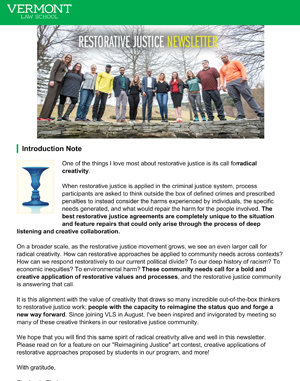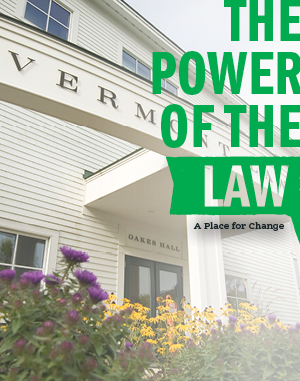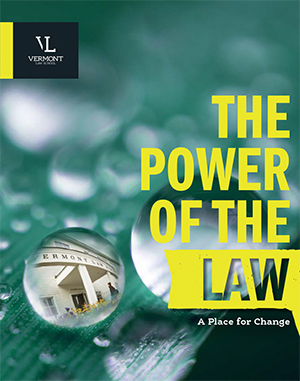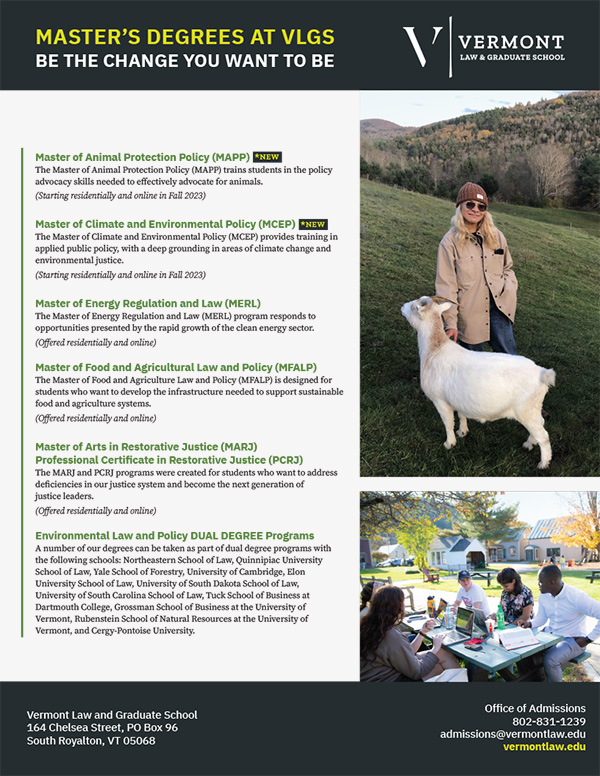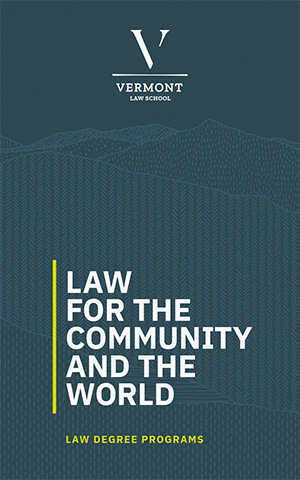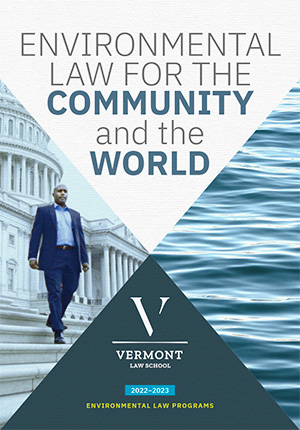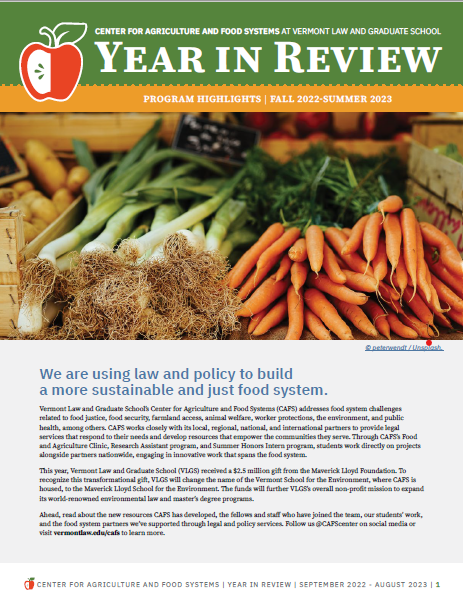"The bald eagle. The humpback whale. The dusky gopher frog.
These animals stand among the nearly 300 creatures great and small saved from extinction thanks to a half-century of protection by the Endangered Species Act.
Widely regarded by legal experts as one of the world’s most powerful statutes for protection of wildlife and ecosystems, the Nixon-era act has halted the decline of hundreds of species along with protecting their habitats.
'We would be in a much, much worse place if America had not made the commitment that it did back in 1973 to protect and conserve our biodiversity heritage for current and future generations,' says Jason Rylander, the legal director at the Climate Law Institute at the Center for Biological Diversity.
A decade after Rachel Carson’s landmark 1962 book Silent Spring, the population of America’s symbolic bald eagles was faltering. Congress recognized that the current statutes were not strong enough to deal with the burgeoning extinction crisis and the rapid loss and degradation of habitat, says Eric Glitzenstein, the Center for Biological Diversity’s litigation director.
National regulation was needed, and bipartisan support pushed the act through the House and Senate.
Much of the act’s protection stems from its expansive—and sometimes controversial—citizens’ supervision, says Glitzenstein, who is also a lecturer at Harvard Law School. 'Congress’ decision to establish a very strong citizen-suit provision has been essential to the ability of nonprofit organizations, scientists and others to try to enforce the statute,' he adds. 'Enforcement wasn’t simply left up to the discretion or the whims of politicians or agency people.'
Since its enactment more than 50 years ago, lawyers representing groups ranging from conservation organizations to loggers have challenged the law, testing it with suits when public or private interests clashed with the act’s protection of specific species.
Meanwhile, the unified political support that led to the act has vanished. Rules issued during President Donald Trump’s administration, including one that allows agencies to consider the economic impact of declaring a species threatened or endangered, weakened the act. President Joe Biden’s administration, however, is considering updates.
New challenges are emerging as the planet faces climate change, experts say. 'Will climate change result in a shift in essential habitats? Will we be able to designate critical habitat which is currently unoccupied?' Glitzenstein says.
'The stakes are so high,' says Delcianna Winders, an associate professor of law and director of the Animal Law and Policy Institute at the Vermont Law and Graduate School. 'When there is uncertainty, we should err on the side of caution.' The following pages highlight nine significant cases that tested the act and shaped its ongoing impact, according to experts contacted by the ABA Journal."
Read the article here (membership and login required)





